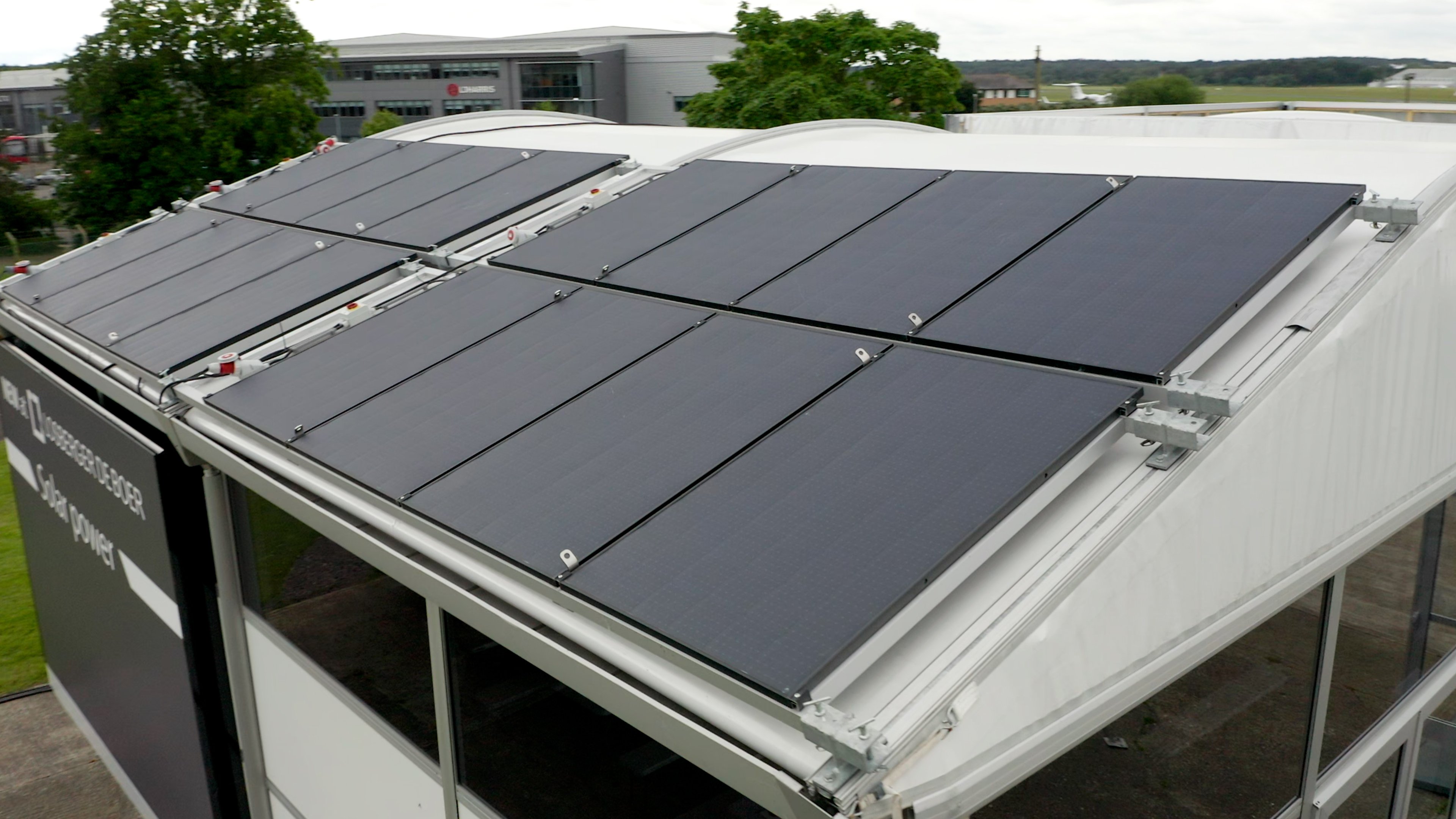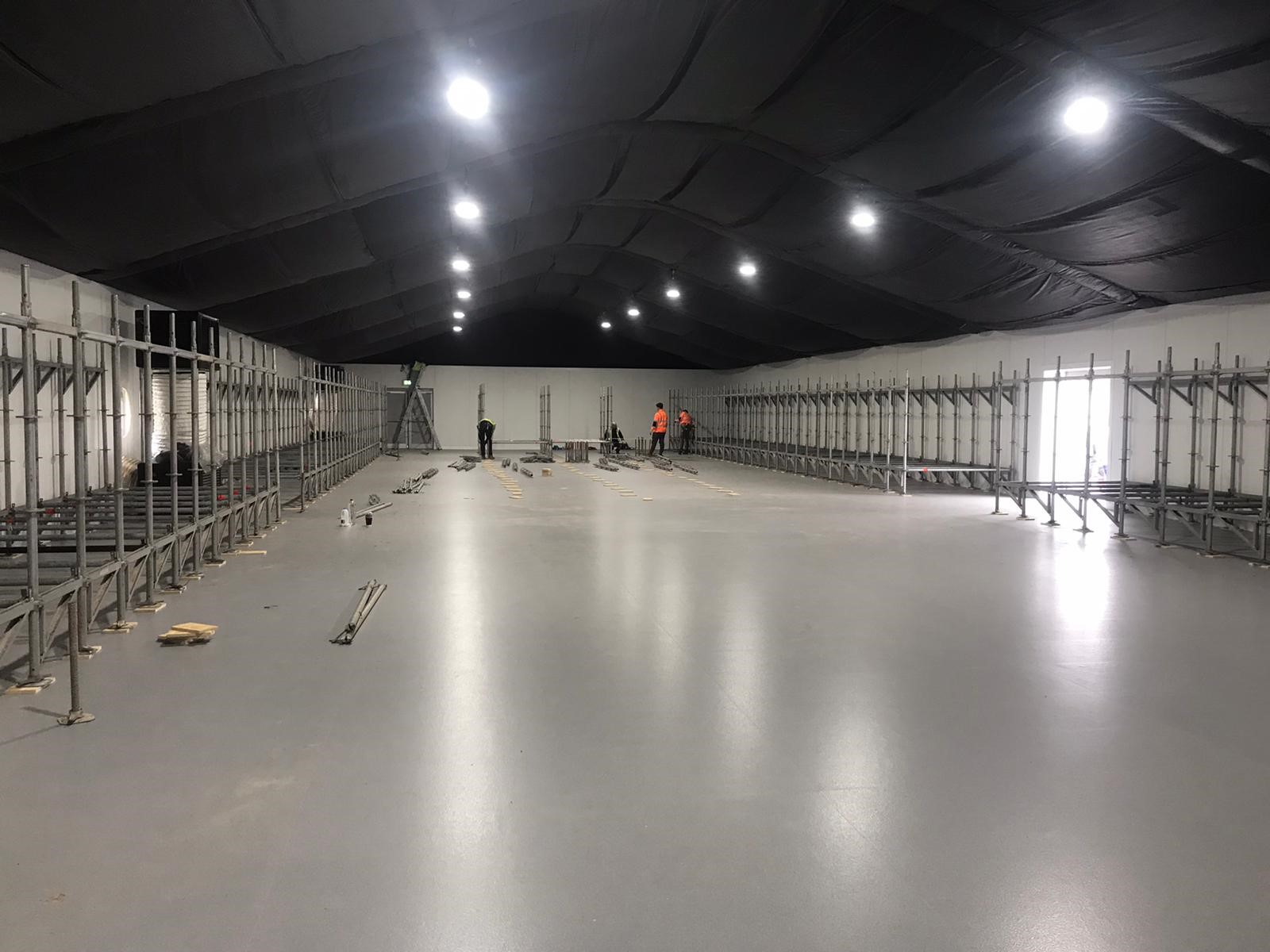Green is the New Black – How to Create More Sustainable Event Venues.
The global push towards sustainability has never been more urgent, with 79% of event professionals believing that sustainability is a key consideration for events.
Events, whether large conferences or smaller brand activations contribute significantly to carbon emissions through energy use and waste.
Sustainability in events is not just about reducing harm; it’s about making positive contributions to the environment and society. It’s about creating experiences that are not only memorable but also responsible.
So, how can you make your event venue more ‘green’?
1. Going Digital
Embrace technology to reduce your event's carbon footprint and significantly cut down on paper waste. Use apps for event schedules, tickets, and feedback forms.
Platforms like Eventbrite offer comprehensive event management solutions that allow for digital check-ins, interactive maps, and real-time updates. Additionally, using QR codes for brochures and other materials can eliminate the need for printed documents.
2. Promote Sustainable Catering
Food and beverage services can generate a substantial amount of waste. Opt for catering companies that use locally sourced, organic ingredients and provide plant-based options.
In 2023, a study by the Food and Agriculture Organization (FAO) highlighted that plant-based diets can reduce food-related greenhouse gas emissions by up to 70%. Moreover, ensure that food waste is minimised by planning portions accurately and partnering with local charities to donate leftovers.
3. Utilise Renewable Energy
Power your events with renewable energy sources wherever possible. Losberger De Boer temporary event structures can be equipped with portable solar panels to generate electricity on-site.
Our Solar4Rental system introduces the first lightweight, plug-and-play, reusable solar panels specially designed for semi-permanent event structures.

The system supplements traditional power sources, contributing to a greener energy mix and paving the way for more environmentally friendly event spaces.
The use of renewable energy not only reduces carbon emissions but also sets a positive example for attendees. For instance, the Glastonbury Festival has pioneered using renewable energy, powering stages with solar panels and biodiesel generators.
4. Encourage sustainable transport
Transport is a significant contributor to an event's carbon footprint. Encourage attendees to use public transport, carpool, or bike to the venue and provide incentives like discounts or perks for those who choose green transportation.
Additionally, offering virtual attendance options can significantly reduce the need for travel. According to a study by the World Bank, virtual events can reduce the carbon footprint by up to 94% compared to in-person events!
5. Build your venue with sustainability features
Choose a temporary event venue with sustainable features that work for you. For example, the LDB Thermal Acoustic System is a demountable and reusable insulation system which helps you achieve sound reduction up to 50dB and a U-value of less than 0.4% (The score for standard buildings is around 5).

Choose energy-efficient lighting, waste reduction practices and sustainable building materials to take important steps towards hosting greener events.
Once you add up all the small changes, you’ll see just how much of a difference you can make by choosing more conscious and sustainable alternatives.
With every step, you’re helping to shape a greener, more forward-thinking industry.
Find out more about our journey to a more sustainable future here.
